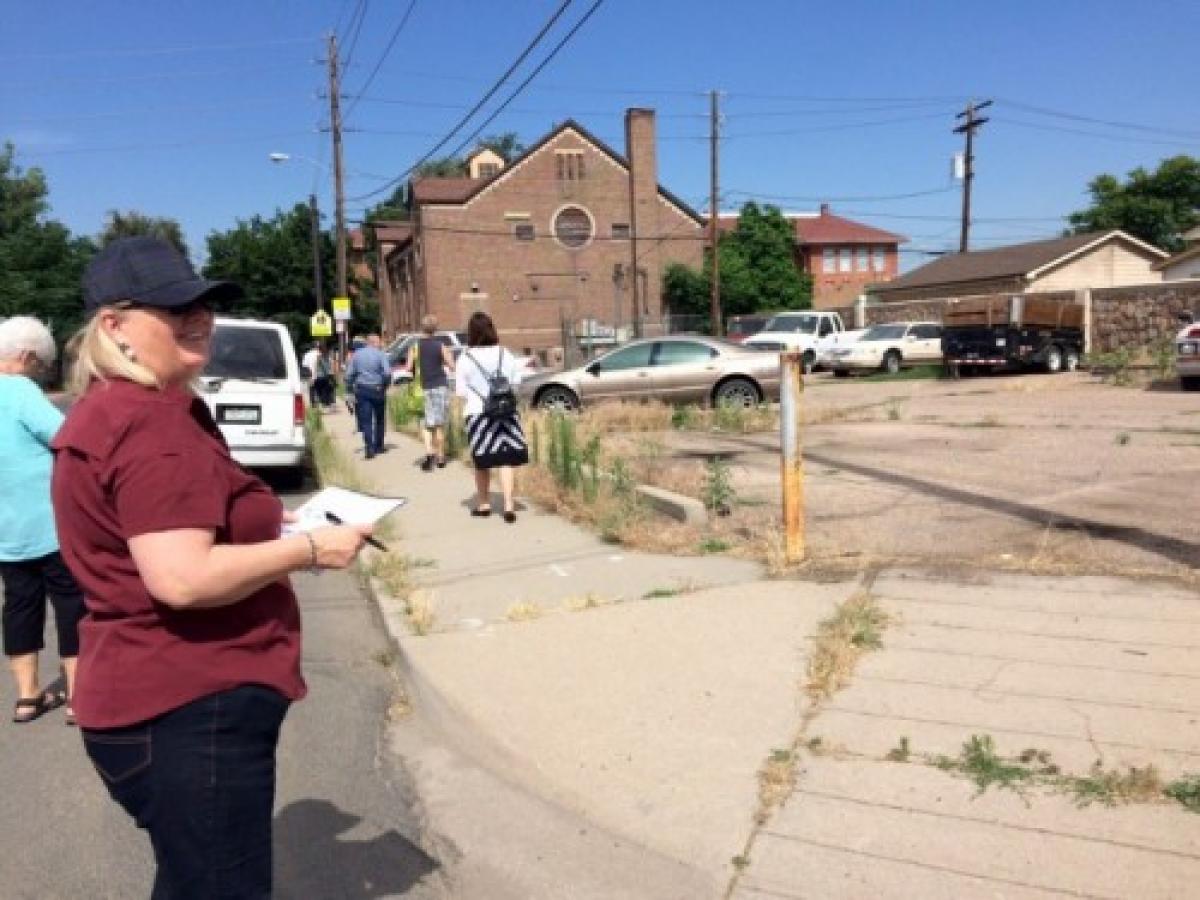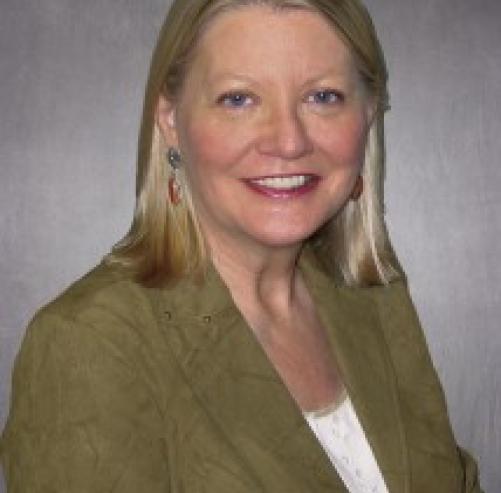DU and City of Denver Collaborate on Community Center Redesign
Community workshop helps generate ideas for future of Globeville community space

On a Saturday morning when residents could be enjoying a sunny, summer day gardening or relaxing, they chose instead to be part of a collaborative workshop. More than 40 people gathered inside the Globe Hall on 44th and Logan to envision a new community space at 4400 Lincoln Street. The former First German Congregational Church, which sits at that location, is empty and rundown. Residents say the neglected yard and parking lot behind the building is an eye sore in North Denver’s Globeville community.
The community members participated in a collaborative workshop hosted by the City of Denver and the Burns School of Real Estate and Construction Management at DU’s Daniels College of Business.
“No one knows better what’s missing and needed in a community than the residents who live and work there,” said Barbara Jackson, director of the Burns School. “It’s vital to get community input before starting the design phase of any project.”
Jackson asked Nick Watry, an architect, engineer and integrator, to facilitate the workshop. Watry is known for facilitating these discussions on major construction projects in California. He flew in offering his time for free.
“I have heartfelt support of these folks in Globeville,” Watry said. “If I play a small part in giving them a higher quality of life, then it’ll be worth it.”
Watry started the day by having the group break into two groups and do what he calls a walk-about. Participants walked several blocks to the property. About a block away, Watry directed them to be completely silent and record their observations. Then, when everyone returned to Globe Hall, they shared their ideas.








